The restored Retable of the Magi, a Belgian Renaissance masterpiece, on display at the Diocesan Museum in Milan
From November 28, 2024 to February 2, 2025, the Retable of the Magi, a monumental masterpiece of Belgian Renaissance sculpture (212 x 170 cm), will be on display at the Diocesan Museum in Milan. Usually kept in the church of Santi Apostoli e Nazaro Maggiore in Milan, the work is presented to the public for the first time after a thorough restoration carried out at theInstitut Royal du Patrimoine Artistique (IRPA) in Brussels, thanks to the support of Fondation Roi Baudouin, Fondation Périer-d’Ieteren and Intesa Sanpaolo as part of the Restituzioni project.
The Retablo, made of oak wood and composed of a case containing finely painted and gilded sculptures in the round and high reliefs, can be dated to the late 15th or early 16th century. Made in Brussels in the atelier of Flemish sculptor Jan II Borman (c. 1460 - c. 1520), it originally had two large doors painted on both sides, now lost. Its uniqueness lies in the fact that it is the only known example from Borman’s workshop to preserve the original polychromy and decorative apparatus, as well as representing one of the very few Flemish panels in Italy still in its original destination.
The Retablo ’s history is intertwined with that of Protasio Bonsignori da Busto, a wealthy glass and metal merchant who, during a trip to Antwerp in 1510, purchased or commissioned it for his own chapel, which he had built that same year in the oratory of Santa Caterina, part of the basilica of San Nazaro.
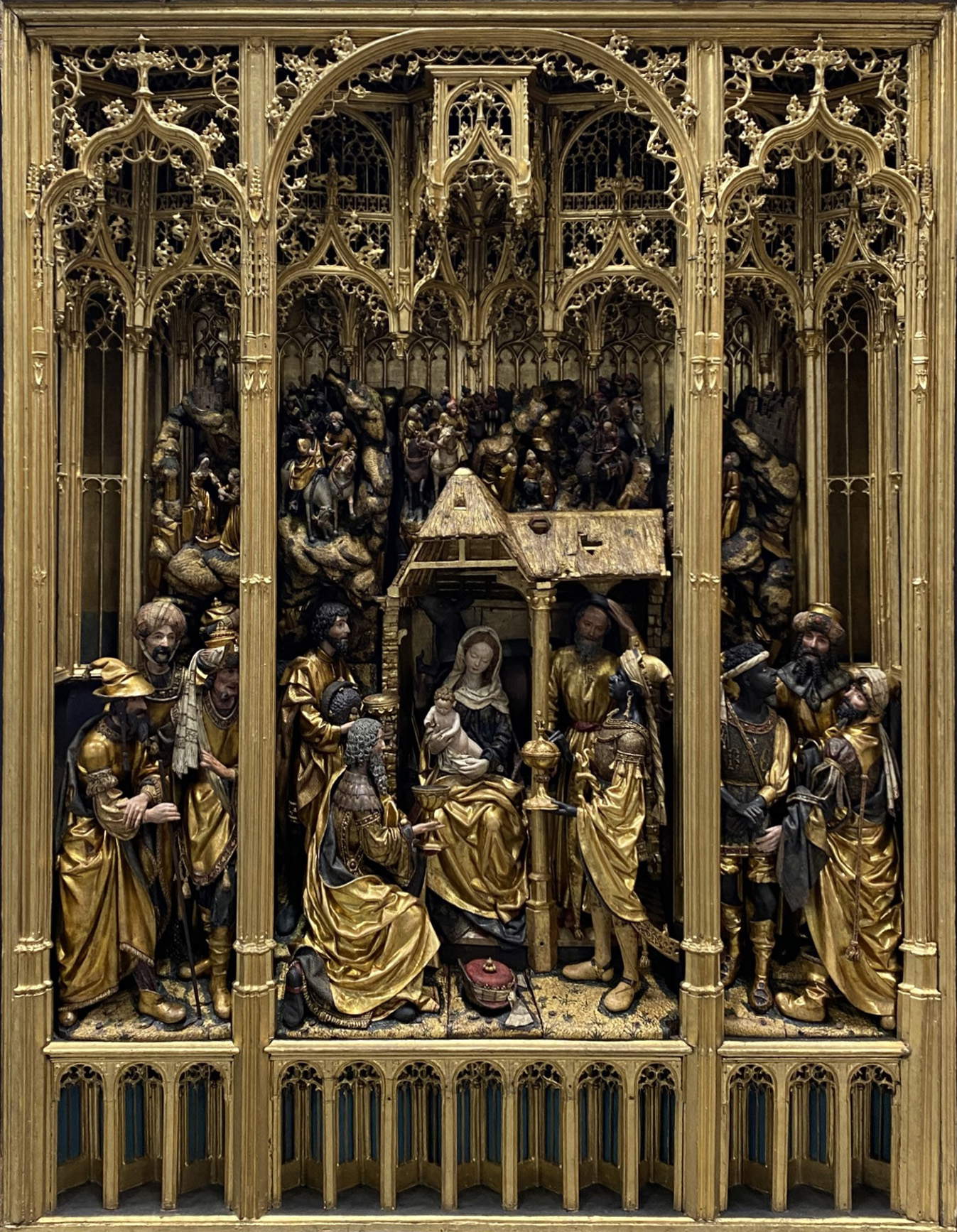
The work depicts a large scene dedicated to theEpiphany, set in architecture reminiscent of the nave of a Gothic church. The Holy Family occupies the center of the composition, with the Magi adoring the Child on either side. Unusually, the procession consists of nine figures, each characterized by distinctive poses, details and attributes: they are carved in the round in profile, three-quarter view and from behind and stand out for the elegance of their details and the naturalism of their physiognomies. In the background, secondary scenes and anecdotal characters develop, such as Salome meeting an old woman on the left or astronomers observing the sky on the right. In the center is a humorous element typical of Nordic art: a comic figure caught in the act of defecating.
The restoration, conducted by the Institut Royal du Patrimoine Artistique (IRPA) in Brussels, removed a brown varnish and an eighteenth-nineteenth-century gold-leaf redorating, which had hidden the work’s original color variety. Now the Retablo returns to its original appearance, with the refined polychromy, mission gilding, and decorative techniques typical of the period: embossed brocades, punching for inscriptions on the robes, gilded metal elements, and rare resin and wax beads. Decorative details, such as carved embroidery in relief, make the work a masterpiece of virtuosity and refinement.
This exhibition, curated by Paola Strada and Alessia Devitini, is an opportunity to admire the Retablo dei Magi in all its splendor, after a restoration that has recovered its original magnificence.
Hours: Tuesday through Sunday from 10 a.m. to 6 p.m. Closed Mondays.
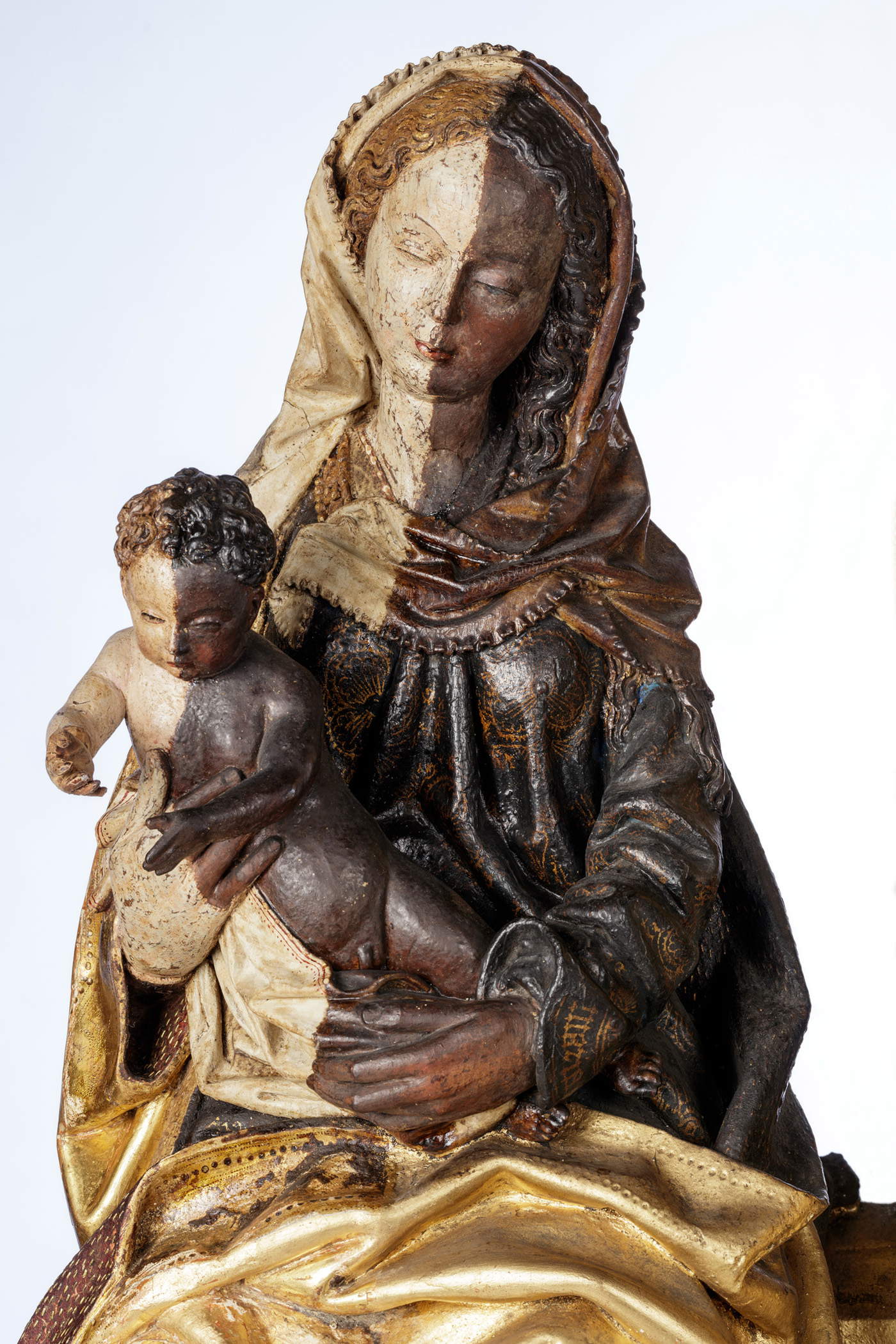
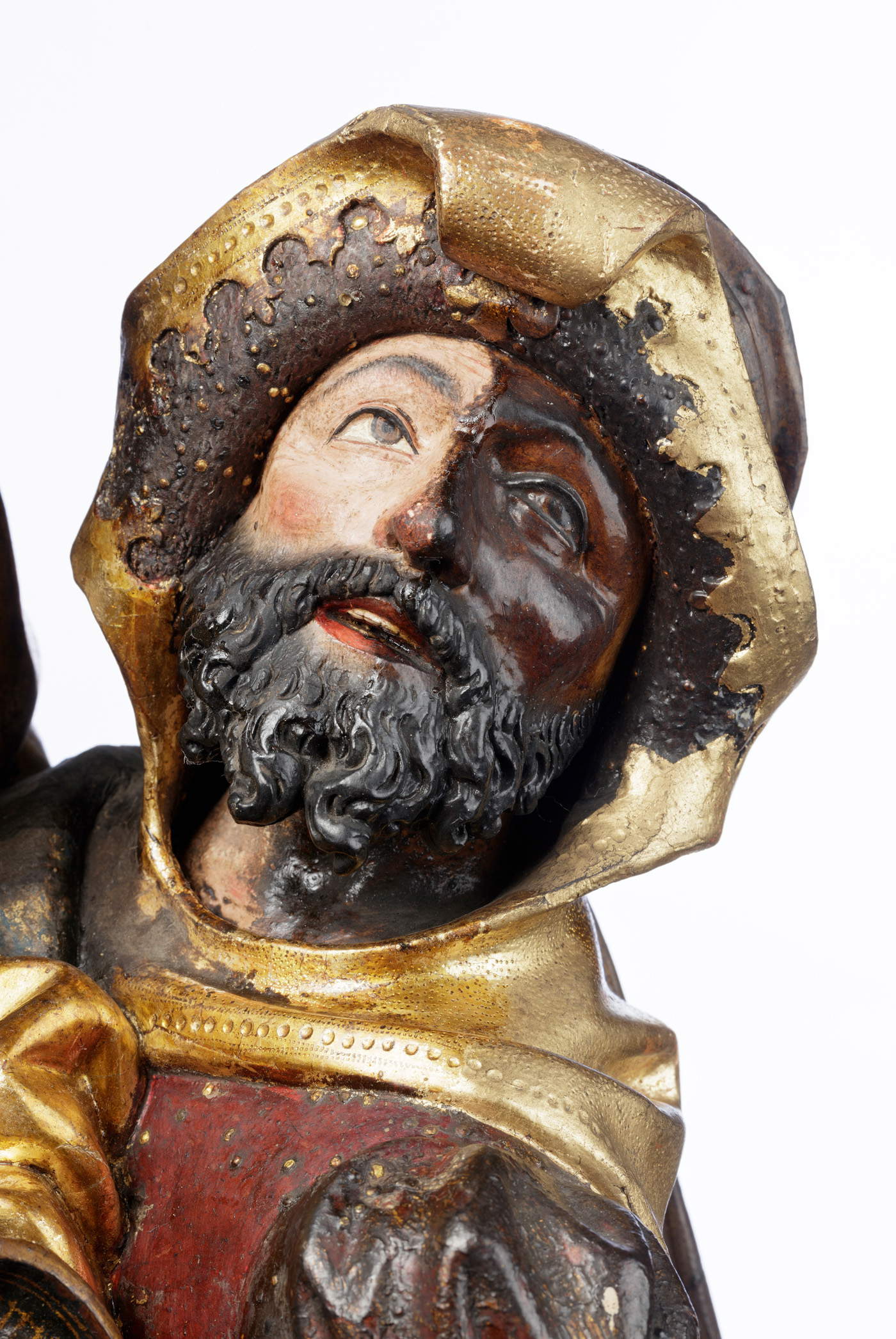
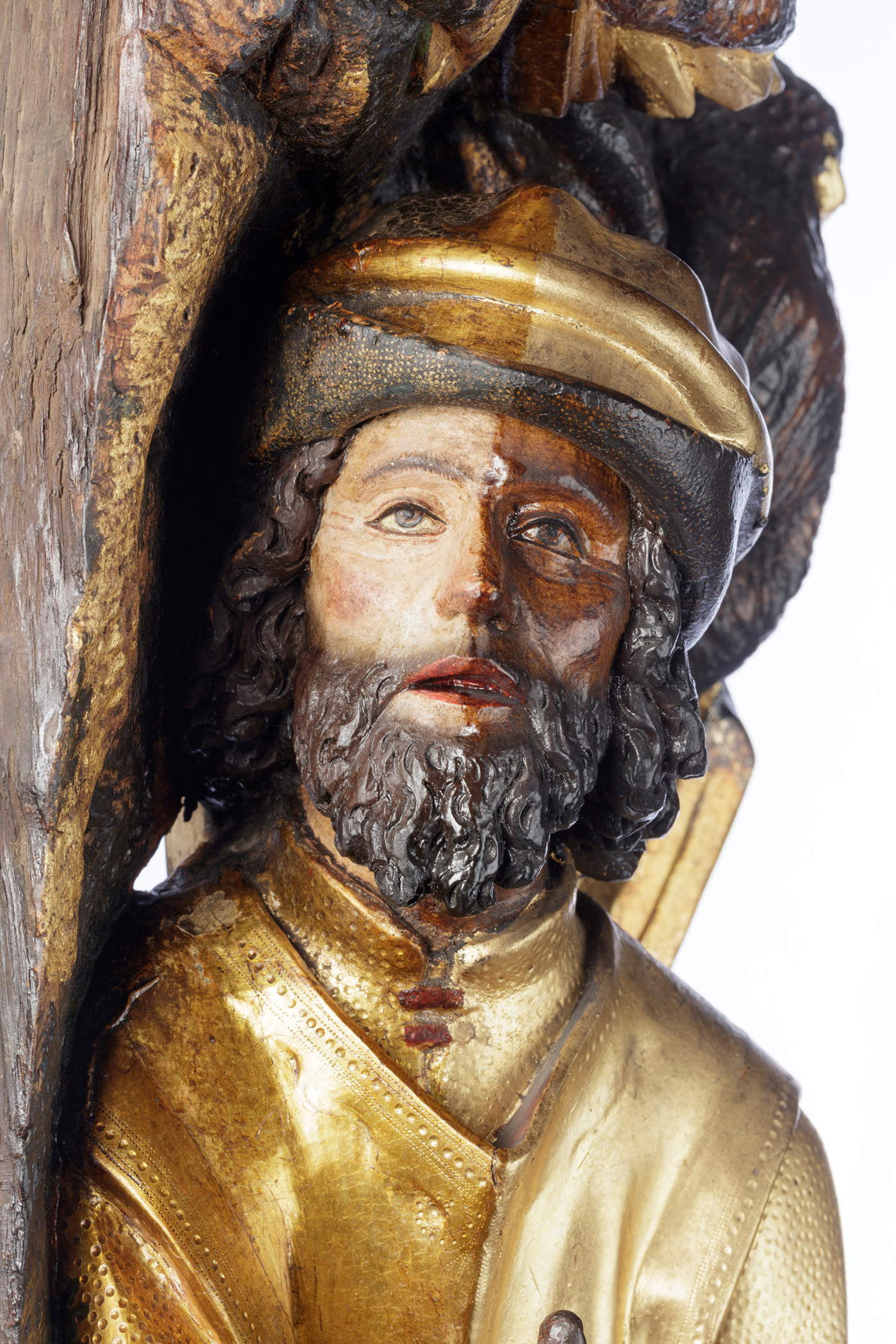
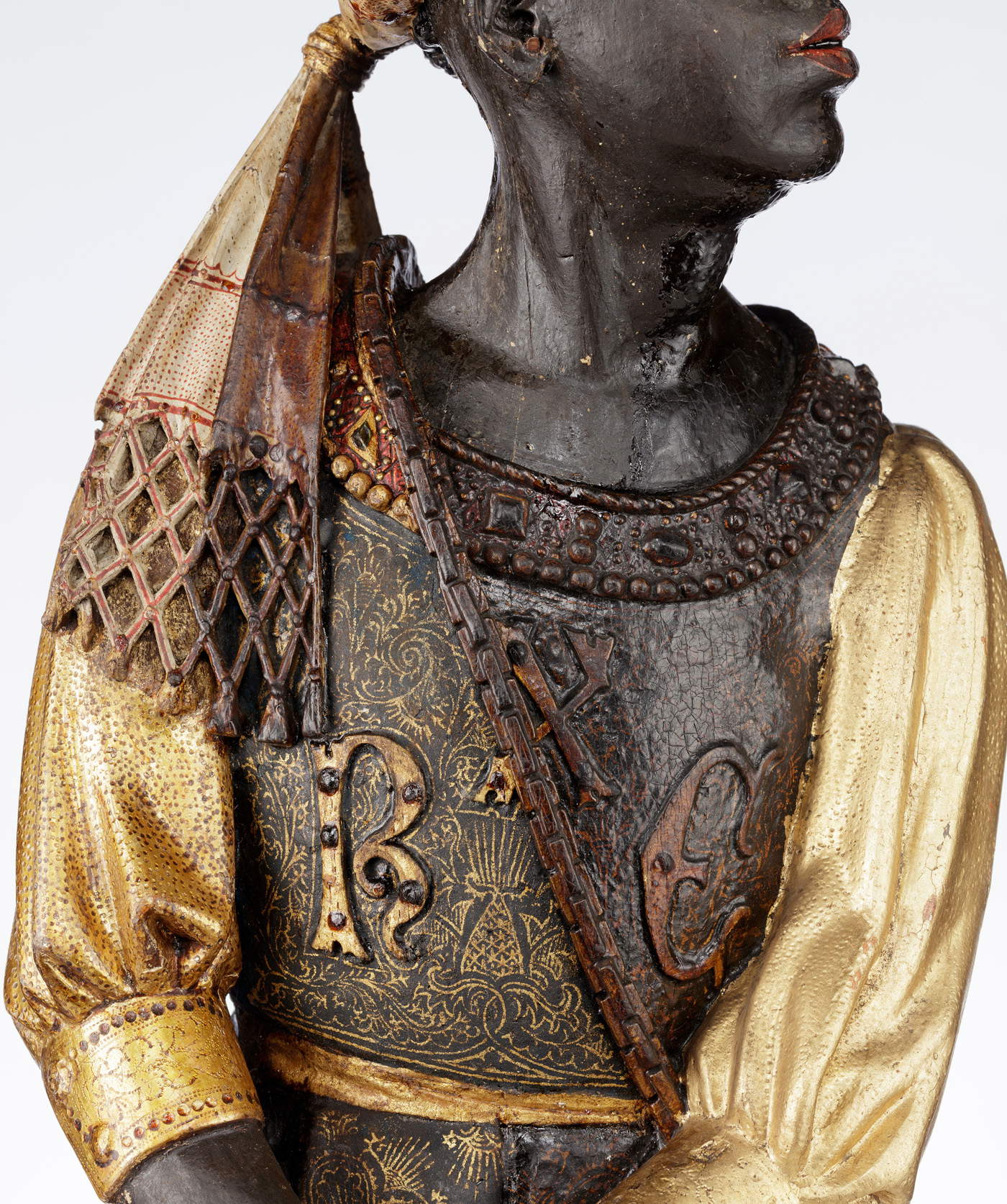
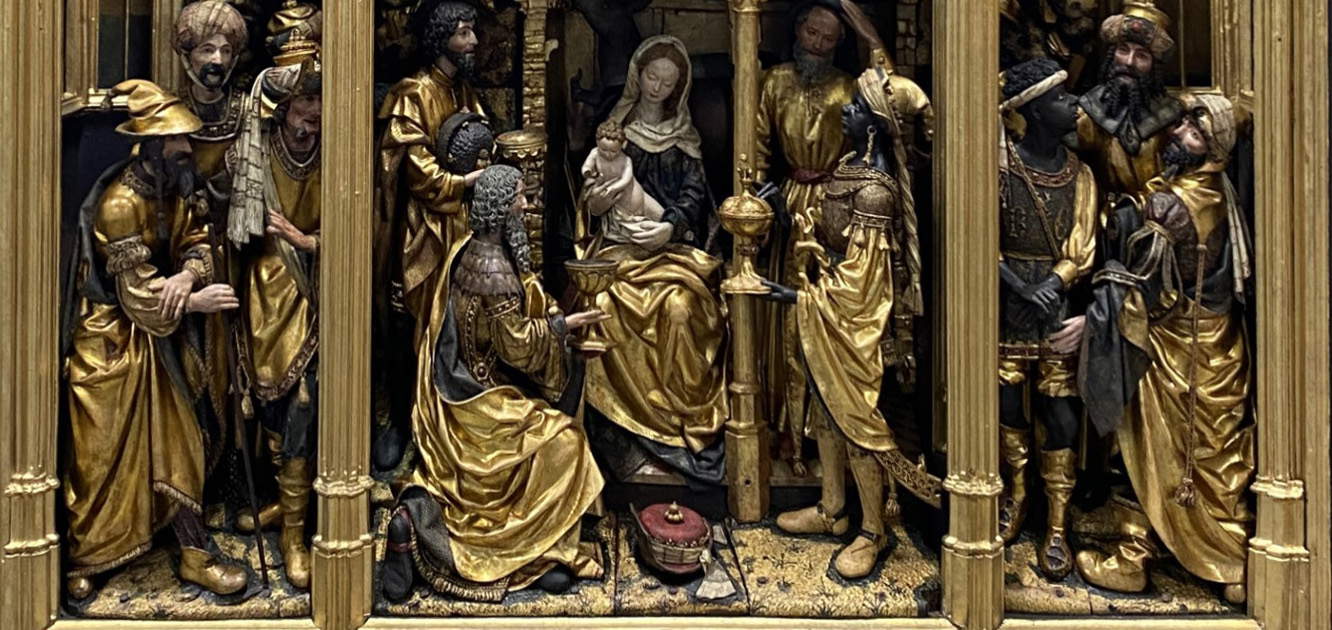 |
| The restored Retable of the Magi, a Belgian Renaissance masterpiece, on display at the Diocesan Museum in Milan |
Warning: the translation into English of the original Italian article was created using automatic tools. We undertake to review all articles, but we do not guarantee the total absence of inaccuracies in the translation due to the program. You can find the original by clicking on the ITA button. If you find any mistake,please contact us.



























